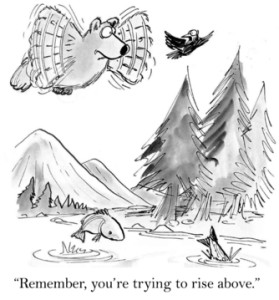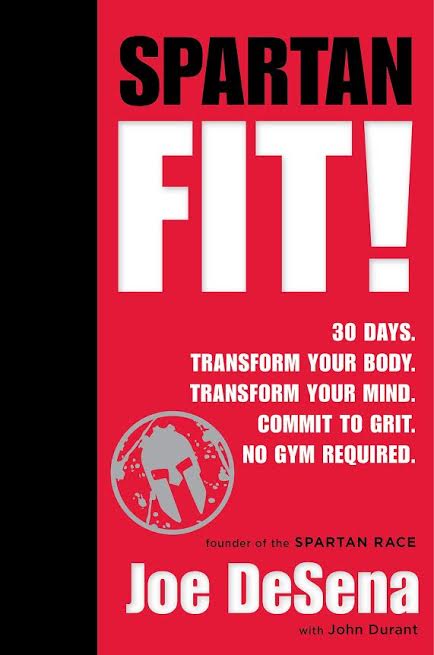In personal training we often run into the question on how to progress a client’s training. Are we going for fast results or are we going to go slowly and steadily? Well both approaches have their pros and cons. It is not nearly as obvious as you might think initially. Let’s look at it in detail:
Fast and Furious
The pros of a fast advancing training are potentially fast results, high motivation and a very satisfied client. The risks though are not to be denied:
- If you have been sedentary for a while your musculoskeletal system is not prepared for high intensity training. You might have extensive soreness, muscle tearing or even rhabdomyolysis (break down of the muscle)
- If the movements that you are doing in your training are too complex and not properly owned back-, shoulder-, knee- or other injuries can follow.
- You can burn out and become overtrained because you are not used to a high training volume or intensity.
Slow and Steady
The pros of the slow and steady are quite simple. Build a good technique base, get the body used to the training, and you can work on underlying issues that could lead to injuries later. But there are also disadvantages that are not to be overlooked:
- Results will be slower
- Motivation can fade
Those two cons are serious. If the approach is too slow then I might not have the results in the time frame I want, especially if it is sports. Or if I train for health, general fitness, and weight loss I might just quit.
My Approach
I usually try to find a balance in my training approach. This is how I create the training for me or my personal training clients:
The Warm Up
The warm up consists of movements that prepare my client for the following training and incorporates exercises to prepare for more complex movements that are not completely learnt yet.
The Main Training
The actual training with high intensity or high volume consists of exercises that can be performed with good form. During rest intervals I might insert mobility drills, movement drills, etc to get myself or my client ready to perform on a higher level later in the same or following training session or periods.
The Cool Down
The cool down period varies depending on how long a training session is. At the end of an hour training session we will address mobility and recovery for about 5-10 min.
Conclusion
Training should be a mix. I can go too fast and I can get caught up in corrective exercises and go too slowly. It needs to be personalized. A person might be able to go all out in some exercises and only slowly and easy in others. Break intervals and the warm up can be used for learning complex movements, corrective exercises, etc.
Obviously we want to avoid pain. Some people might not be able to, but that is the minority of us. Pain is an indicator that something is wrong. Unless you have serious chronic issues that cause you to be in pain at all times you should heed your bodies message.
Feel free to leave a comment or shoot me an email,
Michael


Leave A Response